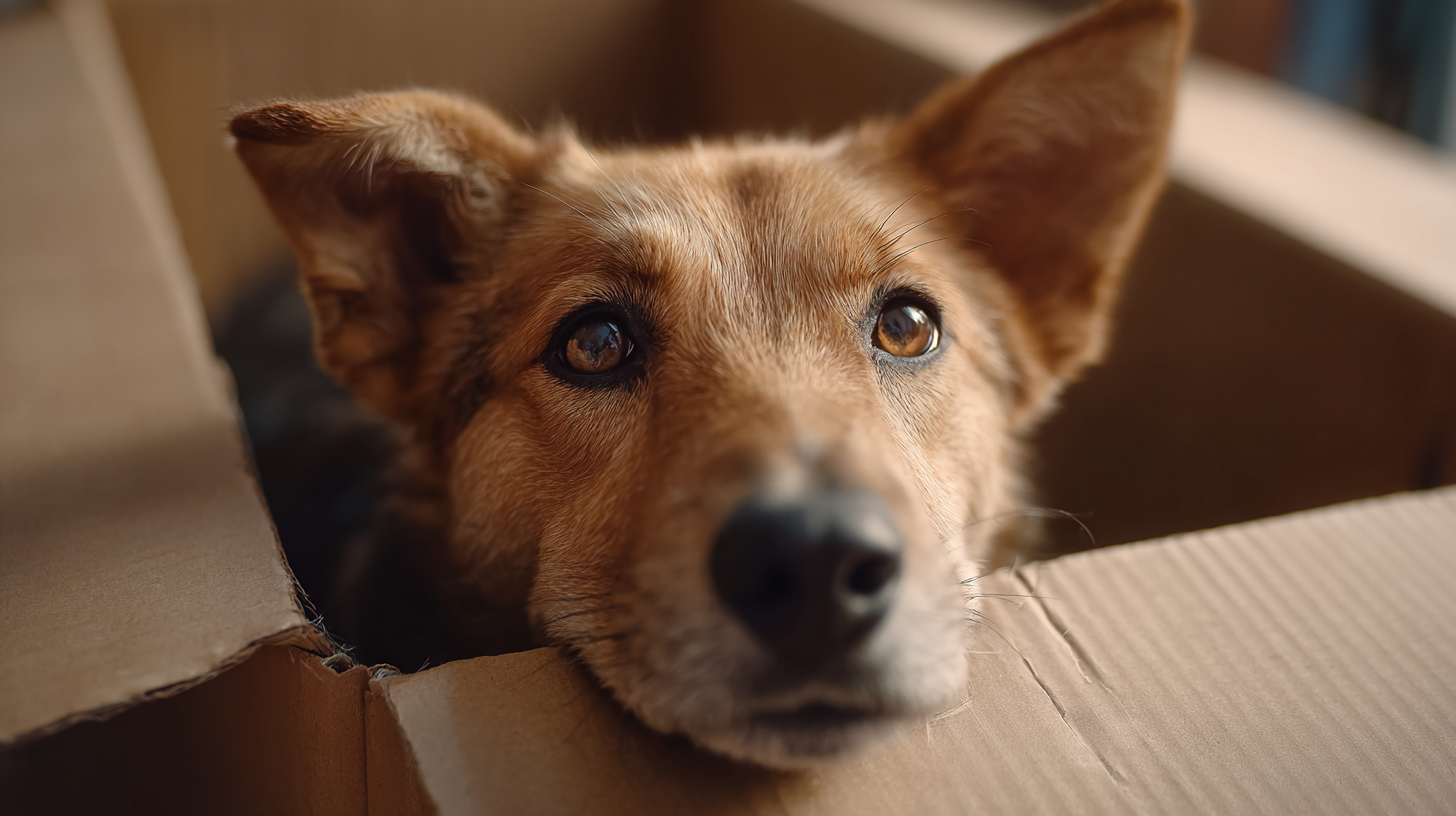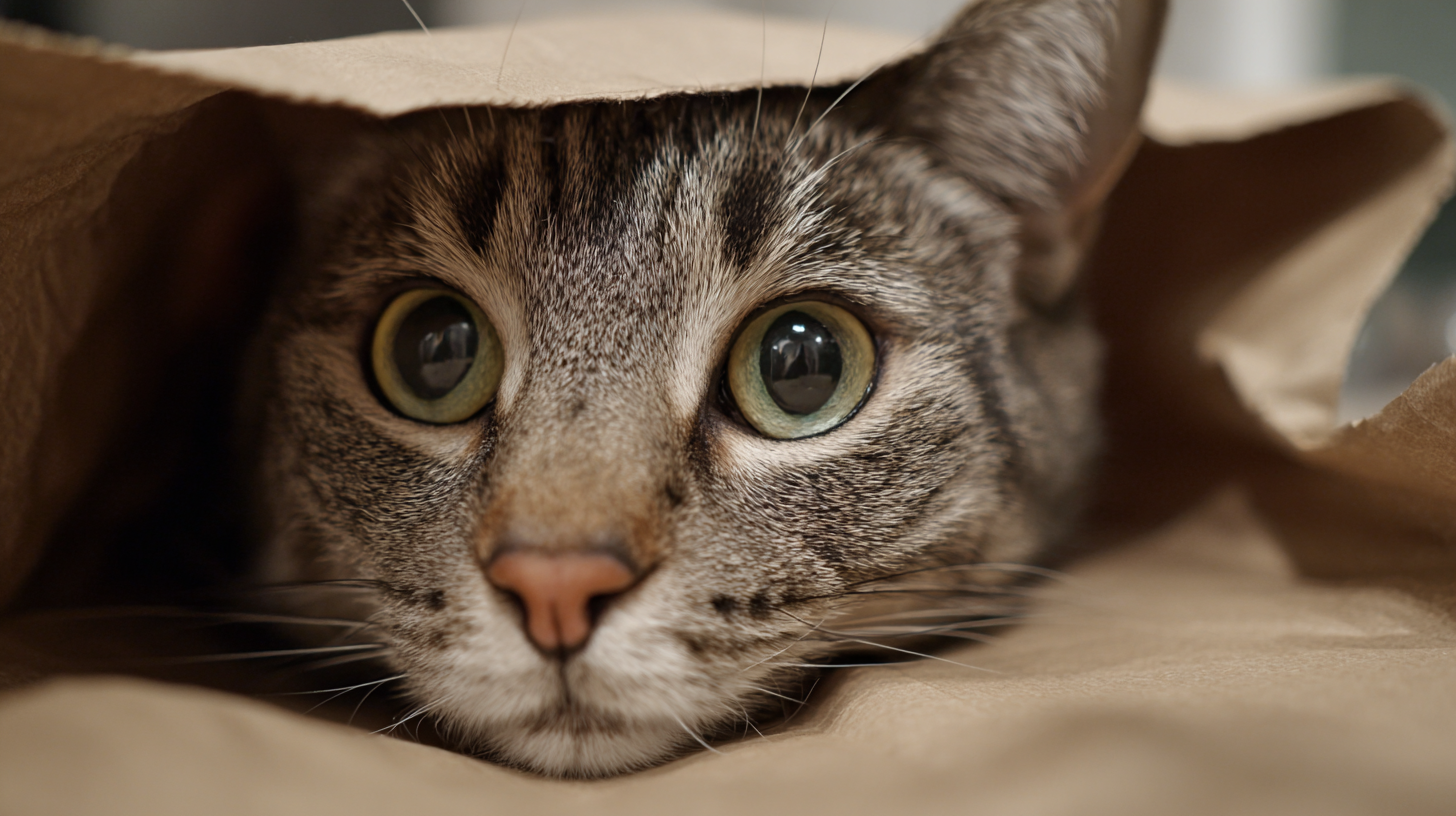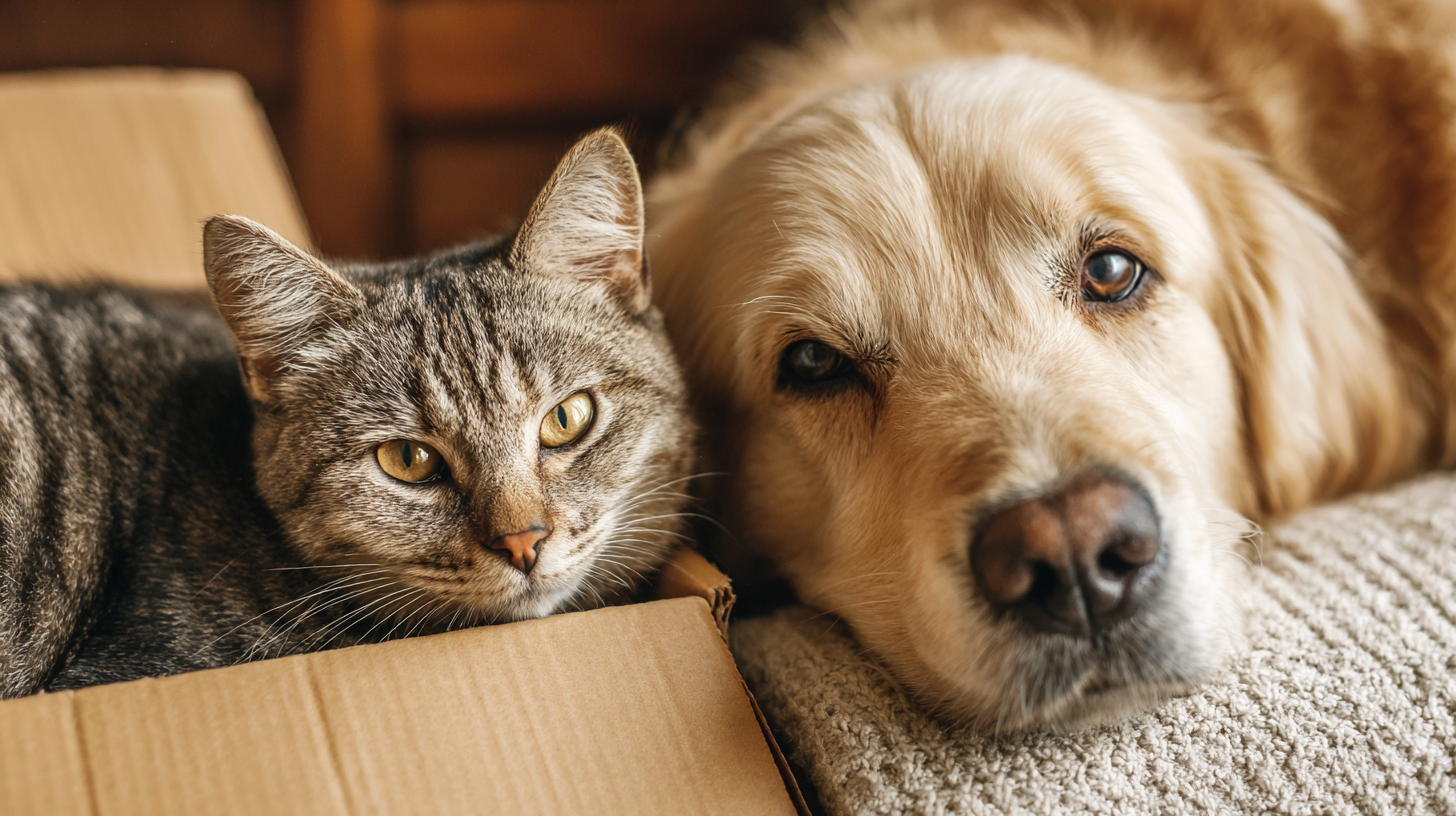In recent years, there has been a significant shift towards sustainability in various industries, and the pet care sector is no exception. Eco-friendly pet owners are increasingly recognizing the importance of sustainable pet packaging, as it not only reflects their commitment to the environment but also enhances the overall experience of caring for their furry companions. This guide aims to provide insights into the best practices for selecting and utilizing sustainable pet packaging options. From biodegradable materials to innovative designs that reduce waste, understanding the various aspects of pet packaging is crucial for those who want to minimize their ecological footprint while still providing the best for their pets. By adopting sustainable pet packaging solutions, pet owners can contribute to a more sustainable future, ensuring that their pets thrive in an environment that is as healthy and vibrant as they are.

Sustainable materials in pet packaging play a vital role in minimizing environmental impact, which is increasingly important for eco-conscious pet owners. Identifying sustainable materials involves understanding packaging lifecycle and how different materials interact with the environment. For instance, the ongoing shift towards circular economy principles highlights the need for reusable, recyclable, or biodegradable materials. A study on PET recycling technologies indicates that while current practices have improved, challenges in energy efficiency and cost-effectiveness persist, which underscores the necessity for continuous innovation in sustainable packaging solutions.
To effectively identify sustainable materials for pet packaging, owners should look for products that meet clear environmental standards. Reports have shown that microplastics in food packaging pose significant health risks, making it essential to choose alternatives that limit these materials. Furthermore, avoiding greenwashing is crucial; therefore, pet owners should seek transparency in packaging claims and certification from recognized environmental organizations. As the packaging industry moves towards sustainable practices, staying informed about the latest developments and trends can empower pet owners to make conscientious choices that benefit both their pets and the planet.
As eco-friendly awareness grows among pet owners, choosing sustainable pet products has become increasingly important. According to a 2022 report from Packaged Facts, nearly 58% of pet owners are willing to pay more for sustainable products. This shift indicates a strong market demand for eco-friendly brands, prompting many companies to innovate their packaging solutions. When selecting pet products, consider brands that employ biodegradable or recyclable packaging materials, as these options significantly reduce plastic waste, which can take hundreds of years to decompose.
Furthermore, research by the Pet Industry Federation highlights that sustainable pet packaging not only benefits the environment but also enhances brand loyalty among customers. Pet owners are increasingly scrutinizing product sourcing and packaging, often opting for companies that demonstrate transparency and commitment to sustainability. Features such as minimalistic packaging designs and the use of recycled materials convey a brand’s dedication to environmental stewardship, attracting conscientious consumers. Therefore, by choosing eco-friendly brands for pet products, owners can contribute to a more sustainable future while providing the best for their furry friends.

As eco-friendly pet ownership gains momentum, reducing waste through reusable pet packaging solutions becomes crucial. Traditional pet product packaging often contributes significantly to environmental degradation, filling landfills with single-use plastics and non-biodegradable materials. By opting for reusable packaging, pet owners can significantly diminish their carbon footprint while still providing for their furry friends. Options like refillable containers for pet food and biodegradable waste bags can help create a more sustainable bond between pets and their owners.
Moreover, businesses are increasingly recognizing the importance of sustainable practices, offering innovative packaging solutions that resonate with eco-conscious consumers. For instance, some brands now provide packaging that can be returned and refilled, reducing the need for new materials. Additionally, pet owners can embrace DIY approaches by repurposing containers from other household items, transforming them into functional storage for pet supplies. These small changes not only help in minimizing waste but also promote a culture of sustainability within the pet community, encouraging others to consider their environmental impact.
Sustainable pet practices are vital for eco-friendly pet owners who wish to minimize their environmental footprint while caring for their animals. Educating oneself and others about sustainable pet packaging is a crucial step toward achieving this goal. Consumers can start by understanding various types of eco-friendly materials used in pet products, such as biodegradable plastics and recyclable packaging, which help reduce waste and pollution. Learning how these materials break down in the environment can empower pet owners to make informed choices when purchasing supplies.
In addition to personal education, sharing knowledge about sustainable practices with friends and family can create a ripple effect within the community. Organizing workshops or community service projects focused on sustainable living, such as local clean-up efforts or recycling initiatives, can foster a culture of environmental consciousness. Engaging with local wildlife organizations and participating in educational campaigns on protecting endangered species further enhances this initiative. By collaborating and spreading awareness, eco-friendly pet owners can contribute significantly to a sustainable future, benefiting both their pets and the planet.
Advocating for better packaging standards in the pet industry starts with raising awareness among consumers about the environmental impacts of traditional pet packaging. Pet owners can educate themselves and others about the harmful effects of plastic waste, emphasizing the importance of sustainable alternatives. This includes sharing information on biodegradable materials, recyclable packaging, and companies that prioritize environmentally friendly practices. Engaging in community discussions about sustainability can also elevate the conversation, pressing manufacturers to reconsider their packaging choices.
Additionally, pet owners can leverage social media platforms to create a collective voice calling for change. By organizing campaigns that highlight eco-friendly brands or successful case studies of sustainable packaging, owners can influence industry standards directly. Collaborating with veterinarians, pet influencers, and local businesses can amplify the message. Providing feedback to manufacturers and retailers about consumer preferences for sustainable packaging can further encourage companies to innovate. Together, these efforts can create a ripple effect, pushing the pet industry towards adopting better packaging standards that align with eco-friendly values.







